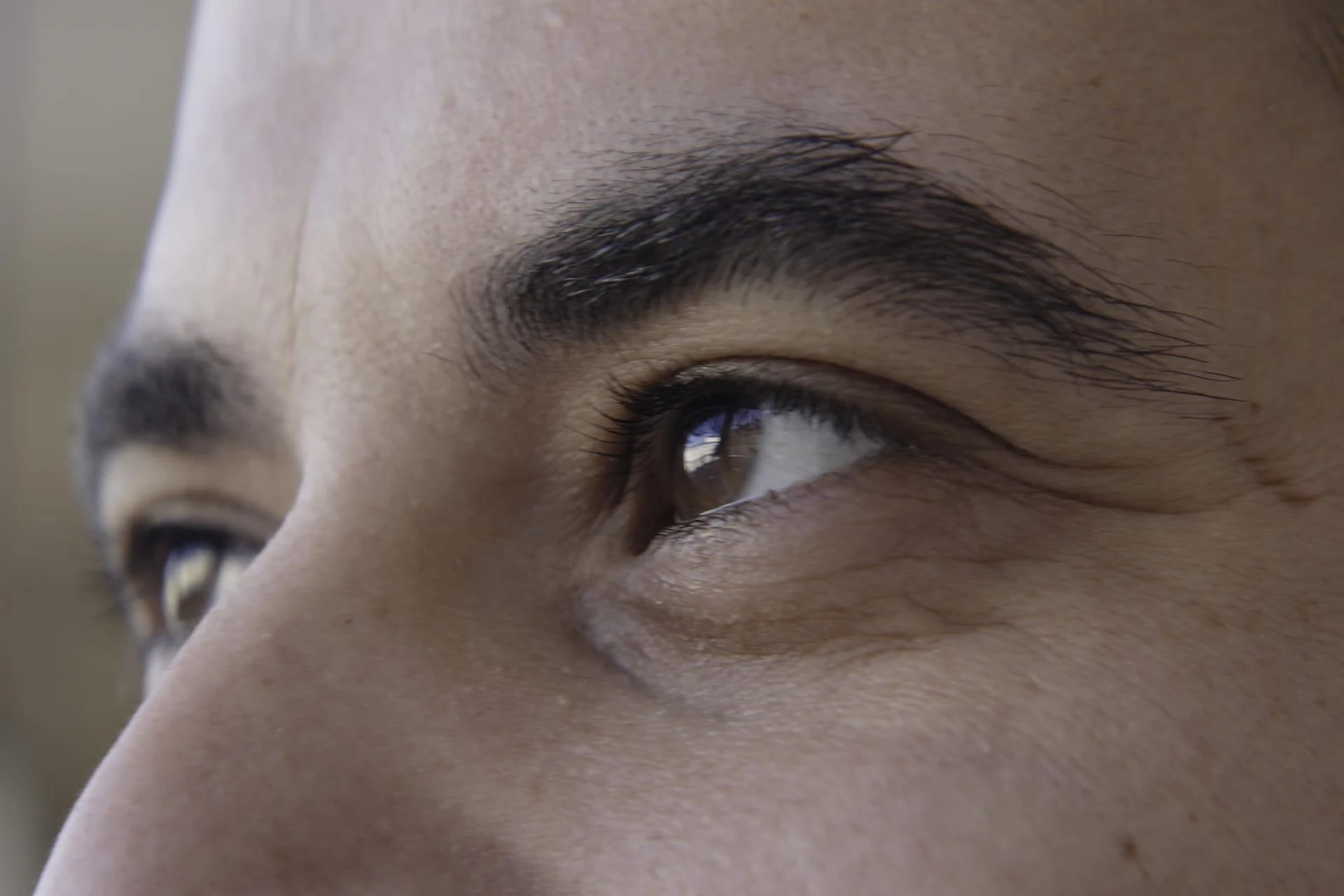
Highly skilled eye care professionals play a critical role in maintaining and improving vision health, particularly when working in a collaborative environment. Optometrists and ophthalmologists often combine their expertise within an eye clinic to ensure comprehensive care for patients. This partnership allows for the seamless management of routine vision needs and complex eye conditions alike. Their shared goal is to provide patient-centered care in a safe, comfortable setting using advanced equipment and cutting-edge technology.
This collaboration enhances the patient experience by offering accessible solutions for a wide range of vision problems. From routine eye exams to life-changing surgical interventions, the team approach makes it possible to address diverse needs effectively.
Expert Roles in Eye Clinics
The roles of optometrists and ophthalmologists are distinct yet complementary. Optometrists specialize in routine eye care, such as performing comprehensive eye exams and prescribing corrective lenses. Ophthalmologists, on the other hand, focus on treating complex medical and surgical eye conditions. Together, they provide well-rounded care for patients.
For example, imagine a patient visiting an eye clinic for blurry vision. An optometrist conducts a detailed eye exam and identifies signs of cataracts. The patient is then referred to an ophthalmologist for further evaluation and, eventually, cataract surgery. This collaborative approach ensures that no aspect of the patient’s care is overlooked.
Key facts about their roles include:
- Optometrists hold a Doctor of Optometry (OD) degree and are licensed to diagnose and treat minor eye conditions.
- Ophthalmologists are medical doctors (MDs or DOs) who specialize in eye surgeries and advanced disease management.
- Both professionals often share patient information to develop tailored treatment plans.
Routine Vision Care with Optometrists
Optometrists are the first point of contact for many patients visiting an eye clinic. Their primary role is to maintain visual health through regular checkups and early detection of potential issues. These professionals often use advanced diagnostic tools to assess vision and overall eye health comprehensively.
Regular eye exams not only address vision correction but also help identify conditions like glaucoma and macular degeneration in their early stages. Optometrists also educate patients about proper eye care practices and lifestyle adjustments.
Optometrists’ responsibilities include:
- Conducting vision tests to determine refractive errors.
- Diagnosing conditions like dry eye syndrome and prescribing treatments.
- Monitoring changes in eye health over time to ensure preventative care.
Advanced Treatments from Ophthalmologists
When conditions go beyond the scope of routine care, ophthalmologists step in to provide advanced treatments. Their expertise lies in managing serious eye diseases and performing surgeries that restore or protect vision. Many ophthalmologists use state-of-the-art equipment, such as lasers and surgical microscopes, to achieve precision.
For patients facing conditions like diabetic retinopathy or severe glaucoma, the expertise of an ophthalmologist is essential. These specialists are also key in offering life-changing procedures, including LASIK surgery for vision correction.
Ophthalmologists’ expertise includes:
- Treating chronic eye conditions such as uveitis and retinal detachment.
- Performing surgeries like cataract removal and corneal transplants.
- Utilizing advanced imaging technology to diagnose and monitor diseases.
Collaborative Eye Care Approach
The partnership between optometrists and ophthalmologists ensures that patients receive complete care without delays. Optometrists often identify the need for specialized treatment during routine exams, referring patients to ophthalmologists as necessary. Once advanced treatments or surgeries are complete, the optometrist takes over follow-up care, providing continuity.
This collaborative model is particularly valuable for patients managing chronic conditions. For example, someone with glaucoma may rely on their optometrist for ongoing monitoring and prescription adjustments, while the ophthalmologist oversees surgical interventions when required.
Benefits of collaborative care include:
- Streamlined referrals, reducing wait times for specialized treatments.
- Shared access to patient records for better-coordinated care.
- A team-based approach that ensures no aspect of care is neglected.
Specialized Eye Procedures at Clinics
Modern eye clinics often provide access to specialized procedures that address both routine and complex vision needs. LASIK surgery is one of the most popular procedures, performed by ophthalmologists to correct refractive errors like nearsightedness and farsightedness. These surgeries often involve advanced laser technology, which enhances precision and shortens recovery time.
Ophthalmologists also handle more intricate surgeries, such as repairing retinal tears or treating corneal diseases. In many cases, optometrists play a vital role before and after these procedures, offering pre-operative consultations and post-operative care.
Examples of specialized procedures include:
- LASIK and PRK for vision correction.
- Cataract surgery to replace clouded lenses with artificial implants.
- Vitrectomy procedures for retinal or vitreous disorders.
Technology Enhancing Eye Care
State-of-the-art technology is a cornerstone of modern eye clinics, enabling accurate diagnostics and effective treatments. From high-resolution imaging devices to laser-assisted surgeries, these tools allow professionals to deliver superior care. For patients, this means faster, more reliable results with minimal discomfort.
OCT (optical coherence tomography) scanners, for example, provide detailed images of retinal layers, helping detect macular degeneration and diabetic eye disease early. LASIK and other refractive surgeries benefit from advanced laser systems that enhance precision.
Technological advancements include:
- Optical coherence tomography for non-invasive imaging.
- Digital refraction systems for more precise lens prescriptions.
- Laser-assisted cataract surgeries for improved outcomes.
Ensuring Patient Comfort and Safety
Creating a welcoming and safe environment is a top priority for eye clinics. Every aspect of patient care, from initial consultations to complex procedures, is designed with comfort and safety in mind. Strict hygiene protocols and modern facilities contribute to a reassuring experience.
Highly trained professionals focus on clear communication, explaining procedures and addressing concerns so patients feel at ease. This attention to detail fosters trust and ensures a positive experience for all.
Ways clinics prioritize patient care include:
- Adhering to strict hygiene and sterilization standards.
- Using anesthesia and sedation techniques to minimize discomfort.
- Providing accessible, well-equipped facilities for all patients.
Comprehensive Insights on Collaborative Eye Care
The partnership between optometrists and ophthalmologists is central to the success of eye clinics. Optometrists handle preventative care and routine exams, ensuring that patients maintain healthy vision over time. Ophthalmologists address more complex conditions and perform surgeries, offering specialized expertise when it is most needed.
When these professionals work together, patients benefit from a seamless flow of care. Whether it’s managing chronic conditions or recovering from advanced surgeries, this collaborative model ensures the best possible outcomes. Advanced technology further enhances the ability of eye clinics to diagnose and treat patients effectively, while a focus on patient comfort fosters trust and satisfaction.
Key Takeaways About Collaborative Eye Care in Clinics
- Optometrists specialize in preventative and routine vision care, including eye exams and prescriptions.
- Ophthalmologists focus on advanced treatments, managing serious conditions, and performing surgeries.
- Advanced technology, such as OCT scanners and laser systems, enhances diagnostics and treatment outcomes.
- Collaborative care ensures patients receive well-rounded, effective treatment in a comfortable, safe environment.
Frequently Asked Questions About Eye Clinic Care
What types of equipment do eye clinics use?
Eye clinics use tools like OCT scanners, autorefractors, and digital phoropters for diagnostics, as well as laser systems for procedures like LASIK and cataract surgery.
Can an optometrist treat glaucoma?
Optometrists can manage mild cases of glaucoma with prescription medications but refer patients to ophthalmologists for advanced treatments or surgeries.
What is LASIK surgery, and who performs it?
LASIK is a laser-based procedure to correct refractive errors like nearsightedness. It is performed by ophthalmologists using precision laser systems.
Do optometrists and ophthalmologists share patient records?
Yes, they often collaborate by sharing patient records, ensuring continuity of care and better treatment outcomes.
Is eye surgery safe in a clinic setting?
Eye clinics prioritize safety with strict hygiene protocols and advanced surgical technology, making procedures like LASIK and cataract surgery safe and effective.


